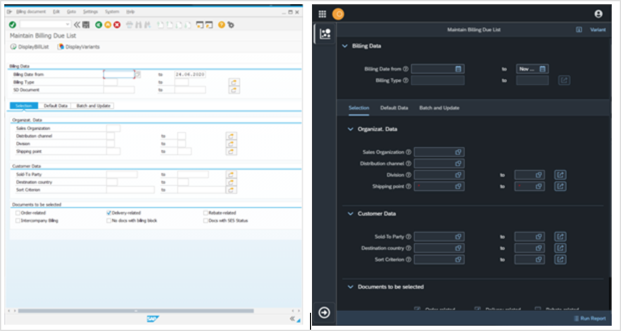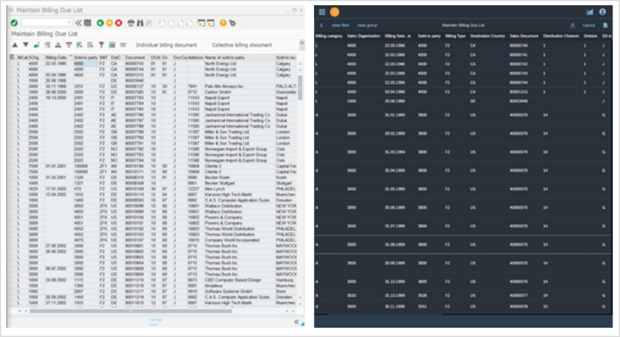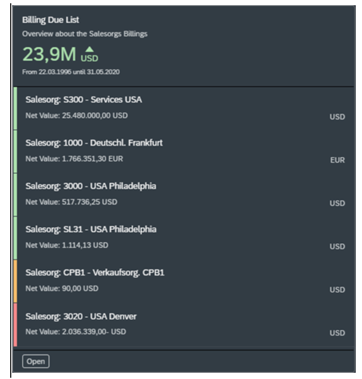Case Study: SAP centric stack
Organisations with an established SAP backbone, such as S/4 Hana or ERP Business Suite, may wish to produce enhanced functionality beyond what SAP provider deploy out of the box but without engaging in costly bespoke developments within SAP. This is particularly true for SAP Business Suite installation reliant on the SAP ERP foundation. There is often no direct route to enhance traditional R/3 ECC screen without significant investment to produce Fiori applications. An alternative to shortcut these constraints is to adopt the SAP Neptune DXP connector and its built-in rapid application development, using a low code approach.
The goal is to provide a framework whereby existing SAP installations are exposed as a REST API through SAP Neptune DXP connector, which then allows Neptune DXP’s application development platform rapidly build apps through the Neptune DXP App Designer. The native installation of the Neptune DXP SAP connector in the SAP S/4 or R/3 environments means there is no need for any additional hardware to be provisioned. This minimises the footprint necessary and integration complexity required and enables the rapid development of applications.

In this stack employees and partners access business functions through a multitude of Neptune DXP apps, build once, and deployed across multiple trusted devices with varying characteristics, such as:
Device ownership:
-
Corporate devices
-
BYOD secured with an MDM
Deployment targets:
-
Mobile devices
-
Desktop PCs via a browser
Mobile operating systems:
-
iOS
-
Android
-
Windows 10/11
-
Device geometries:
-
Small, for example, smartphones
-
Medium, for example, tablets
-
Large, for example, desktops
Dynamically auto scaled to size device orientations:
-
Portrait
-
Landscape
The above frontend elements are supported by SAP REST APIs exposed by the Neptune DXP SAP connector. For example, a work order created by a Neptune DXP connector app is directly processed by the Neptune DXP SAP connector accessing a production order. API generated to abstract SAP underlying production orders ABAP Class implementation or an ABAP Business Process API (BAPI) carrying out the adjustment in the Production Planning (MM) module.
The presentation layer in this case is coupled to the ERP business functions used to deliver the queries and actions initiated by employee and partner users. Whilst this ties the UI to a specific SAP implementation it makes up for the rapid delivery and a compelling user interface as a significant improvement over SAP native transactions. This provides a new lease of life to a system with a sound implementation of business logic but diminishing presentation value to the user.
Of particular value is the API Factory’s capability to automatically generate a REST API combined with the fully automatic generation of the user interface for SAP ABAP List Viewer reports (ALV). ALVs are widely used in the SAP Community but are often seen as technical tool, reserved for development experts. Neptune DXP’s API Factory changes this by taking your ALV reports and converting them to a RESTfull API as well as generating a web app on top of making your ALVs user-friendly with a consumer grade user interface.
Below are some before/after screenshots demonstrating the step-up in user experience quality without the need for any code:
-
Before standard SAP initial ALV screenAfter auto-generated by Neptune DXP API Factory in dark theme.

-
Before standard SAP initial ALV screenAfter auto-generated by Neptune DXP API Factory in dark theme.

-
In addition, to a like-for-like “facelift” you can leverage Neptune DXP’s capability to generate a SAP UI5 Integration Card to summarise your list data using Neptune DXP’s Integration Card ABAP report capability.
